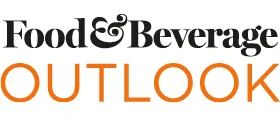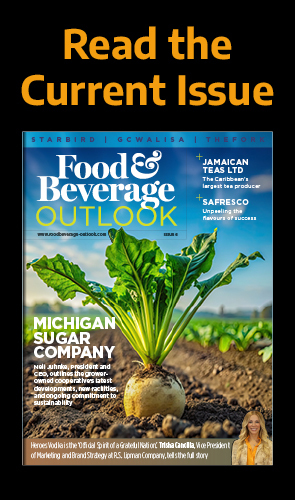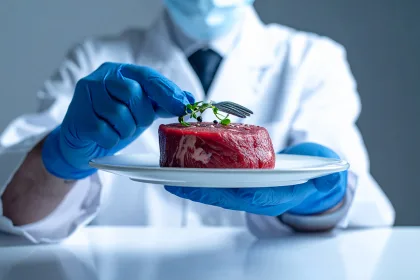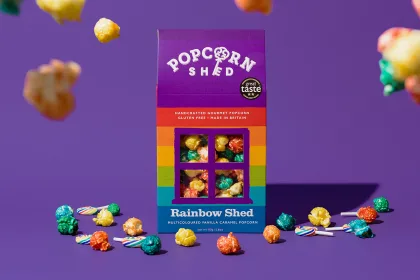With fake foods a growing issue in the modern-day food and beverage industry, recognising authentic items is becoming a necessary skill. Jon Old, a Founding Partner of The Wasabi Company, discusses how to spot counterfeit foods and the hazards they present.
SPOTTING FAKE FOODS
In an era of global trade, fast-paced production and consumption, and convenience-driven choices regarding what we eat, food fraud is becoming an increasingly common problem.
From imitation olive oils to counterfeit honey, fake foods undermine the integrity of culinary traditions that sometimes take hundreds of years to perfect and could potentially impact our health.
Being able to tell the real from the fake has never been more important.
LET’S TALK ABOUT FOOD FRAUD
Although quite a scary term, food fraud refers to the deliberate substitution, addition, tampering, or misrepresentation of food, ingredients, or packaging for financial gain. It often involves passing off inferior or synthetic products as premium, genuine or traditional foods or ingredients.
Some of the most common examples include:
- Mixing cheaper oils and selling them as extra virgin olive oil.
- Selling syrup-laden corn or rice sugar as ‘100 percent honey’.
- Labelling green-dyed horseradish as ‘wasabi’.
Did you know that over 95 percent of what’s served in the UK labelled as ‘wasabi’ is usually a blend of horseradish, mustard, and green colouring – among other ingredients?
WHY IT’S A PROBLEM
Aside from the obvious negative of pulling the wool over customers’ eyes, the issue goes far beyond disappointment at the dinner table.
Fake foods can present:
- Health risks: Adulterated ingredients – that is food items or ingredients that have been deliberately diluted or changed through the addition of cheaper or inferior materials – may trigger allergies or contain banned additives.
- Loss of nutrients: Fake foods often lack the beneficial nutrients found in the authentic version. They may also taste pretty poor compared to the genuine item.
- Economic damage: Artisan producers and small-scale farmers – who pour their heart and soul into creating a true culinary experience – are undercut by cheaper, lower-quality imitations.
- Cultural dilution: The replacement of traditional foods with replicas can erode heritage and food culture.
FIVE WAYS TO SPOT FAKE FOODS
Sick and tired of not enjoying the real deal but not sure how to spot the genuine article? Separating the real from the fake is easy once you know what to look for.
READ THE LABEL CAREFULLY
Labels aren’t just for tracking calories and sugar content; a legitimate product will list clear, recognisable ingredients. Keep an eye out for:
- Vague descriptions, such as ‘natural flavouring’ or ‘spices’.
- Long, complex ingredient lists.
- Missing country of origin or supplier information.

PRICE POINT
If something seems too cheap for what it claims to be, then maybe take it as a sign. Genuine saffron, Parmigiano Reggiano, Manuka honey, or real wasabi comes at a cost due to labour-intensive production and quality control.
Price isn’t everything, but it’s often a strong indicator of authenticity. Consider it a red flag if you find “premium” products at surprisingly low prices. If it seems too good to be true, then it probably is.
KNOW YOUR SOURCES
As with the fashion industry, transparency in sourcing is a hallmark of genuine food producers.
Try to stick with brands and retailers who are open about where and how their products are made or grown – they have nothing to hide! If a producer or seller is evasive, that should raise suspicion.
IT’S ALL IN THE DETAILS
Imitation foods often look overly uniform, brightly coloured, or overly processed. They may lack the nuanced flavour, texture, and aroma of the real thing and seem to fall too far at either end of the scale – either lacking in flavour or far too strong.
For example, real wasabi has a subtle, sweet heat that fades quickly, as opposed to the sharp, sinus-burning hit associated with horseradish, and real olive oil has a peppery, grassy bite that cheap blends simply can’t replicate.
KNOW YOUR CERTIFICATIONS AND STANDARDS
Authentic food will often come with certifications, such as Protected Designation of Origin (PDO), Protected Geographical Indication (PGI), or organic and Fairtrade labels. Whilst this step isn’t foolproof, it can add a layer of assurance for shoppers.
Spotting real wasabi is easy. It is so highly prized that it will almost always be grated right in front of you. This adds a touch of theatre but also makes it very clear that you are being presented with a genuine article.
It’s important to take the concept of fake foods with a pinch of (genuine Himalayan) salt.
As an example, fresh wasabi is prohibitively expensive and once grated, the flavour is extremely volatile, making it impossible to store at ambient temperature. There would be no ‘wasabi’ in the vast majority of restaurants and any takeaways or ready meals without imitation wasabi being on the menu.
Spotting fake foods takes a bit of effort, but the reward is worth it – better taste, better health, and the satisfaction of knowing you’re supporting producers who care deeply about authenticity. So, look beyond the label and taste the truth.

























